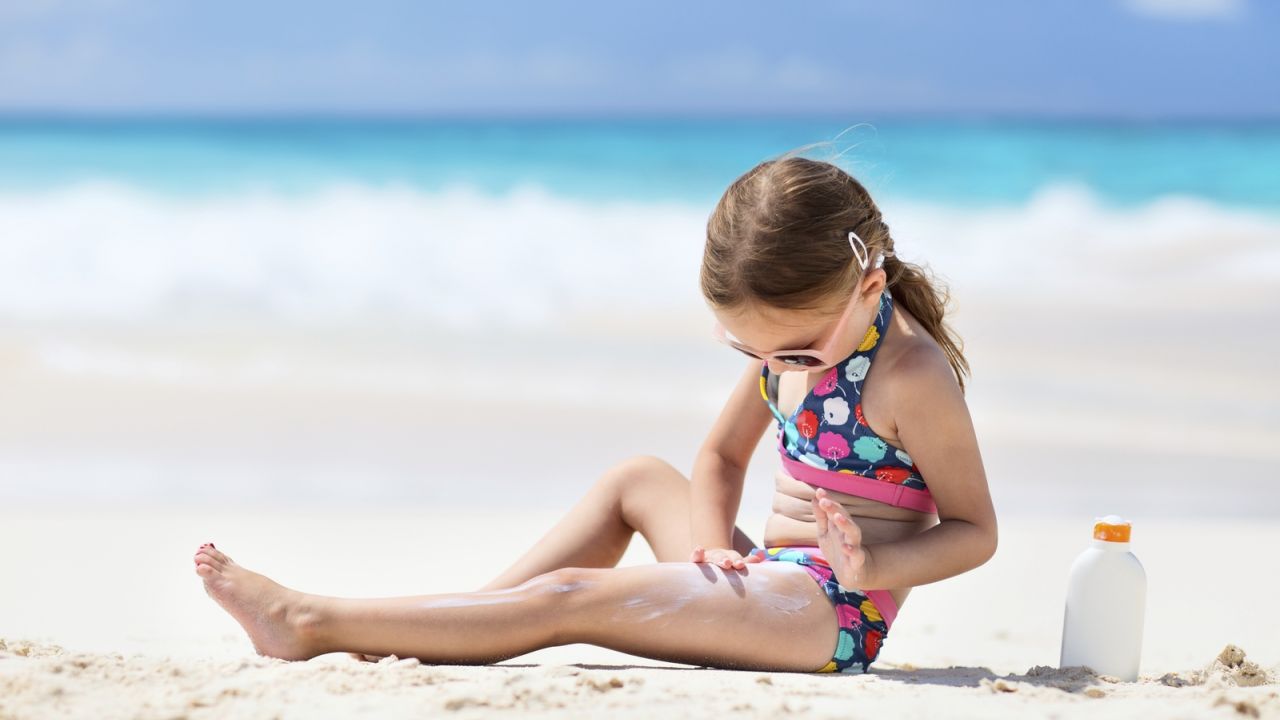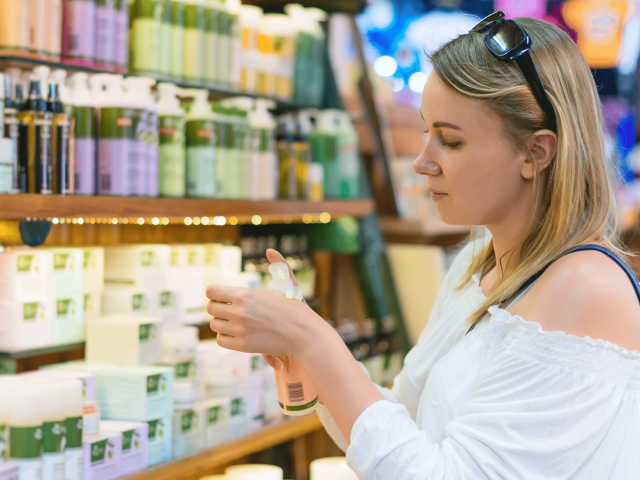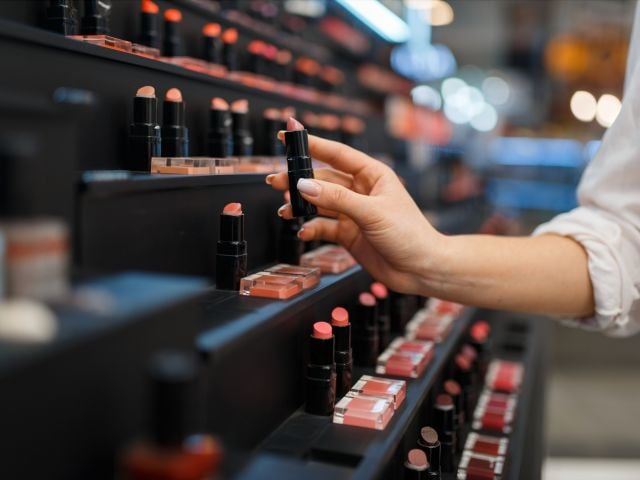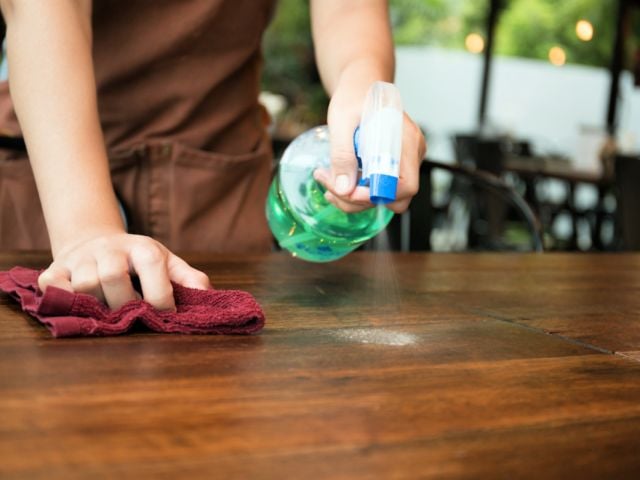
In 2011, the Food and Drug Administration ruled that sunscreen companies were no longer allowed to assert that their products were “waterproof” or “sweatproof” because these claims exaggerated the effectiveness of the sunscreens, misleading consumers.
Instead, companies could make a “water resistance” claim of 40 minutes if their sunscreens passed a standard test that measured the SPF value – a product’s ability to prevent burning -- after the user applied a liberal amount of sunscreen, waited 15 minutes before sun exposure, engaged in 20 minutes of “moderate water activity,” a 20 minute period of rest, then another 20 minutes of water activity without towel-drying. The company would need to repeat the cycle to make a water resistant claim of "80 minutes."
This test doesn’t reflect conditions in the real world. Many people don’t apply enough sunscreen in the first place, nor wait 15 minutes before they go outside. For example, a 2012 Skin Cancer Foundation survey found that almost 80 percent of men did not know the proper amount of sunscreen to apply while 61 percent did not know how long one application remained effective.
Products that offer water resistance could lead consumers further astray. They might imagine that they can trust these products to protect them after swimming or sweating, get burned and raise their risk of skin cancer.
This year 10 products in EWG’s 2015 Guide to Sunscreens claimed to protect "wet skin" from sunburn.
Do they work? We don’t know.
New sunscreen rules in Canada require that sunscreen manufacturers provide data that back up these claims, but U.S. rules don’t demand such evidence.
Next time you’re putting on sunscreen for a day at the beach or pool, keep in mind that the term “water resistance” doesn’t ensure full protection. Always follow the product’s directions by applying plenty of sunscreen, reapplying often and immediately after drying yourself off with a towel. Cover up and take other measures to protect yourself from sunburn.
For more sun safety tips, visit EWG’s 2015 Guide to Sunscreens. Also be sure to check out our new sunscreen label decoder.



